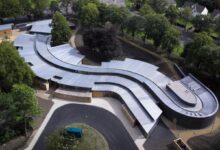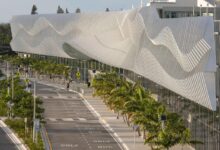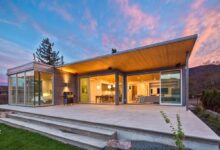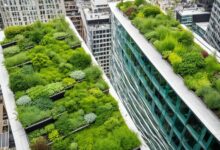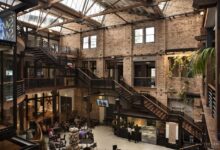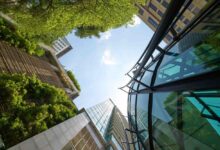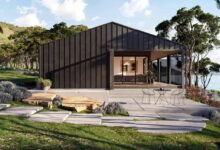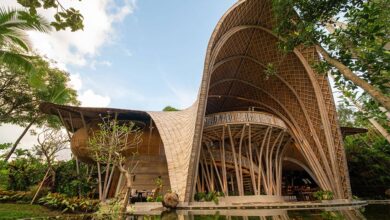Biophilic Design Trends Embrace Nature’s Beauty
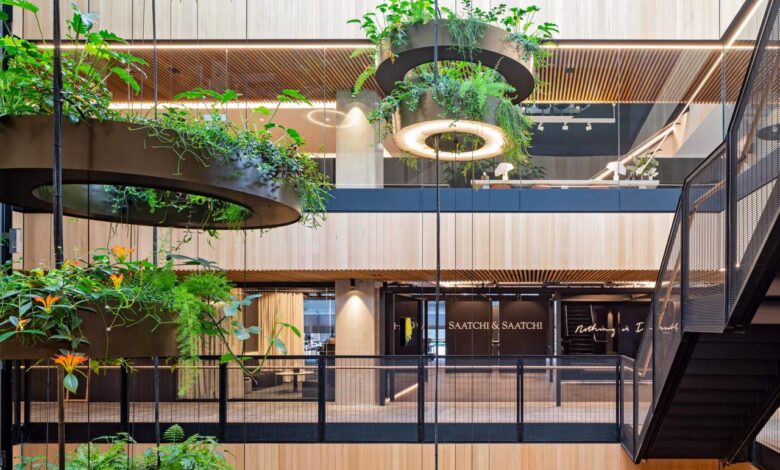
The world of architecture and interior design is undergoing a profound transformation. As our urban environments become more dense and our digital lives more pervasive, there is a growing, universal human need to reconnect with nature. This is the core philosophy of biophilic design, a movement that integrates natural elements and processes into the built environment. This isn’t just about adding a few plants; it’s a holistic approach that fundamentally rethinks how we design our homes, offices, and cities to enhance human well-being, productivity, and health. This article will take a deep dive into the core concepts of biophilic design, exploring the pivotal trends defining this movement, the scientific evidence supporting its benefits, the challenges that still need to be addressed, and the immense opportunities that lie ahead for a more harmonious and human-centric future.
Why Biophilic Design Matters
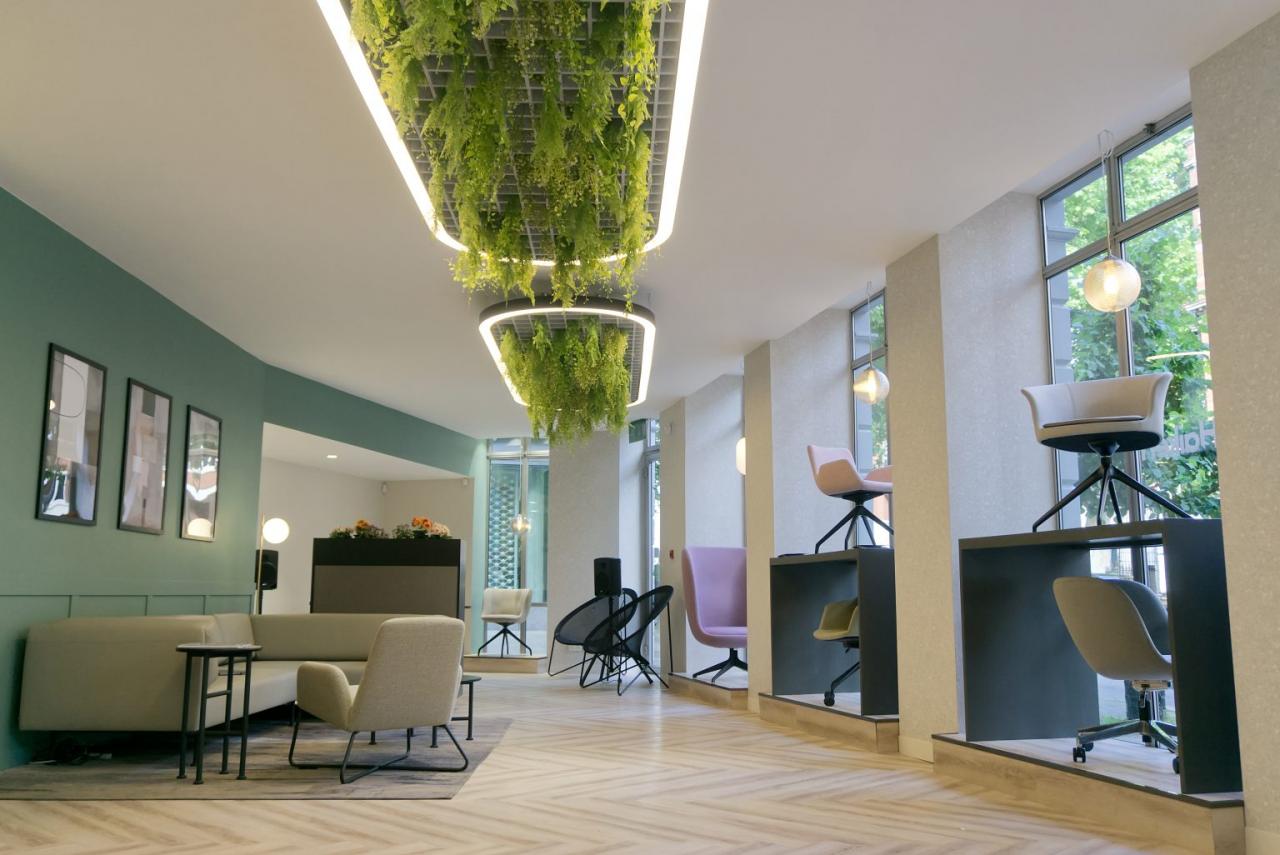
Biophilic design is not a new concept; its roots are as old as humanity’s need for shelter. But what is new is the scientific evidence that confirms its profound impact on our physical and mental health. A growing body of research from fields like neuroscience and psychology is proving that a connection to nature is not a luxury but a biological imperative.
A. The Health Benefits
The integration of natural elements into our homes and workplaces has a direct and measurable impact on our health.
- Stress Reduction: Studies have shown that exposure to nature, even in a simulated form, can significantly reduce stress levels. The sight of a green wall, the sound of running water, or the feeling of natural light can lower a person’s heart rate, blood pressure, and cortisol levels.
- Cognitive Function: A connection to nature has been shown to improve cognitive function, including memory, focus, and creativity. A person who works in a biophilic environment is more likely to be more productive and to have a higher level of job satisfaction.
- Physical Well-being: The use of natural light and natural ventilation in a biophilic building can improve a person’s physical health, from a reduction in eye strain and headaches to a lower risk of respiratory illnesses.
By designing a building that is in harmony with nature, we are designing a building that is in harmony with human biology.
B. The Psychological Impact
Beyond the physical, biophilic design has a profound psychological impact, providing a sense of comfort, a feeling of security, and a connection to something larger than ourselves.
- A Sense of Place: The use of local and natural materials in a building’s design can create a sense of place and a feeling of belonging. It connects a building to its surrounding landscape and to the cultural history of a region.
- A Connection to the Cycle of Life: A biophilic building is a living, breathing ecosystem. The use of natural light, natural ventilation, and indoor plants creates a connection to the cycle of life, a feeling of being a part of something larger than ourselves.
- A Feeling of Awe: The use of a natural vista, a large window with a view of a garden, or a large, open atrium with natural light can create a feeling of awe and a sense of wonder. This can have a powerful, positive impact on a person’s mental health.
The Trends in Biophilic Architecture
The new era of biophilic design is a masterclass in innovative architecture. It is a creative fusion of nature, technology, and a deep understanding of human psychology.
A. The Urban-Nature Blend
As our cities become more dense, the need for green spaces is more critical than ever. Biophilic design is addressing this with a new focus on vertical gardens and green roofs.
- Vertical Gardens: Vertical gardens, or “living walls,” are a new and powerful trend in urban architecture. They are a way to bring a large amount of greenery into a building’s design, even in a dense urban environment. They can improve a building’s air quality, reduce its energy consumption, and provide a stunning aesthetic appeal.
- Green Roofs: A green roof, a roof that is covered with vegetation, is a new and powerful trend in urban planning. It can reduce a building’s energy consumption, absorb a significant amount of rainwater, and provide a new habitat for local wildlife.
- Urban Farming: The use of a building’s roof for urban farming is a new and powerful trend in sustainable architecture. It can provide a source of fresh, local food for a building’s occupants, and it can reduce the building’s carbon footprint.
B. The Power of Natural Materials and Light
The new era of biophilic design is a rejection of a sterile, man-made environment and a return to the use of natural materials and natural light.
- Timber and Wood: The use of a new generation of engineered timber, such as Cross-Laminated Timber (CLT), is a key component of a biophilic building. CLT is a sustainable, renewable, and durable material that can be used to construct a building’s entire structure. It also has a warm, natural aesthetic appeal that can have a positive impact on a person’s mental health.
- Natural Stone and Clay: The use of natural stone and clay in a building’s design can provide a sense of place, a feeling of connection to the local landscape. These materials also have a low carbon footprint and are more sustainable than a man-made alternative.
- Daylighting and Natural Ventilation: The use of a passive design, which takes advantage of a building’s natural light and natural ventilation, is a new and powerful trend in biophilic design. This can reduce a building’s energy consumption and improve its air quality.
Challenges and Opportunities
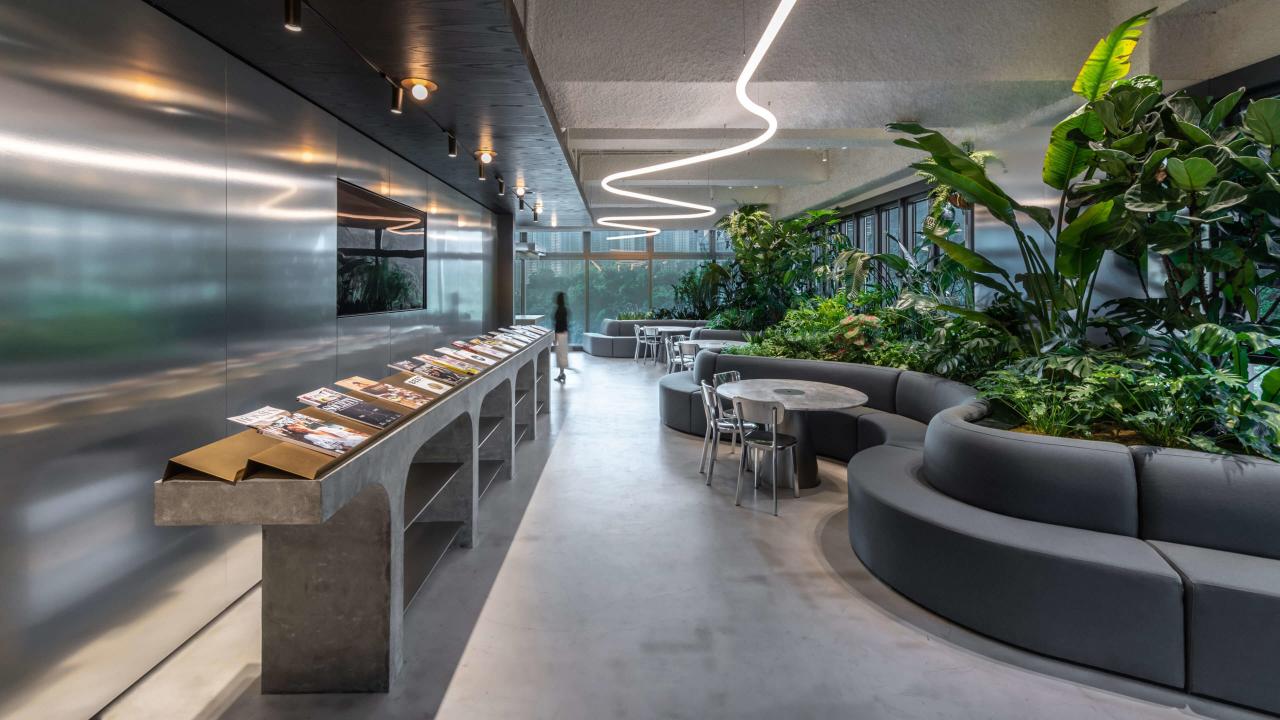
While the future of biophilic design is bright, there are significant challenges that must be addressed to ensure that this revolution is inclusive and sustainable.
A. The Cost of Implementation
The cost of a biophilic building, particularly a net-zero building with a green roof and a vertical garden, can be prohibitive. The components that power these buildings are expensive, creating a new digital divide between those who can afford a high-end building and those who cannot. The use of modular and prefabricated components is a major step toward addressing this, but more work is needed to make a biophilic building accessible to everyone.
B. The Evolving Legal and Regulatory Framework
The new era of biophilic design is advancing faster than the laws that govern it. New regulations are urgently needed to address a wide range of issues, from the legal status of a green roof to the rights of a building’s occupants. The lack of a clear regulatory environment is a major barrier to adoption for many developers and cities.
C. The Human Element
A building is, at its core, a place for people. While technology can solve many problems, it cannot replace the human element of empathy, community, and social connection. The challenge is to use technology to enhance human interaction, not to replace it. Urban planning must be human-centric, creating spaces that foster community and belonging.
Conclusion
Biophilic design for 2025 is not a passing trend but a powerful and transformative movement that is fundamentally reshaping our relationship with our buildings and with nature. It is a testament to the growing awareness from both architects and builders that a greener future is not just an ethical imperative but a business necessity. The use of advanced materials, a new focus on energy efficiency, and the integration of a new generation of smart technology are all a part of this new era. The new era of biophilic design is a clear signal that the future of building is a new kind of living, a living that is as adaptable and as resilient as it is intelligent and sustainable.
However, as we embrace this new era, we must also confront the significant challenges that lie ahead. The high cost of a biophilic building, the need for a new legal and regulatory framework, and the challenges of data privacy and security are all hurdles that must be addressed proactively. The future of building is a journey that will be defined not just by its technological prowess but by its ability to create a world that is more connected, more human-centric, and more conducive to a person’s overall well-being. The biophilic building is here, and it promises to build a future where our buildings are as healthy and as happy as we are.

